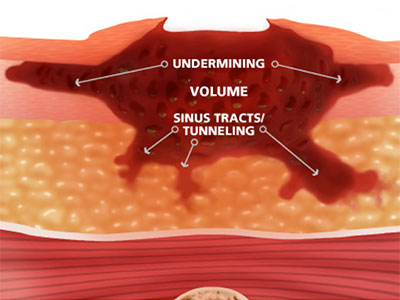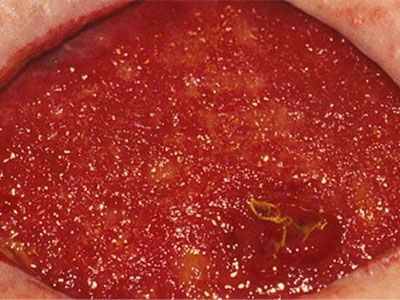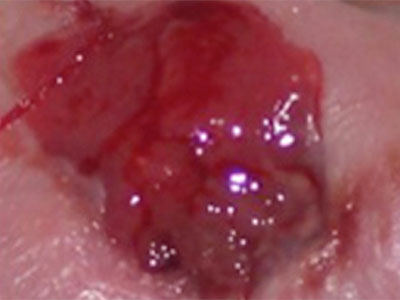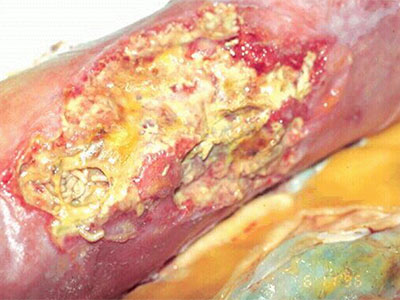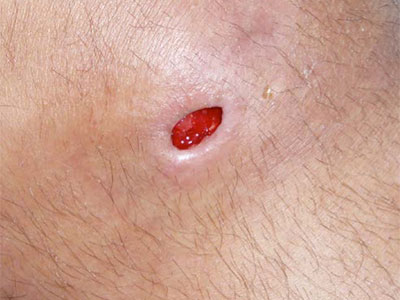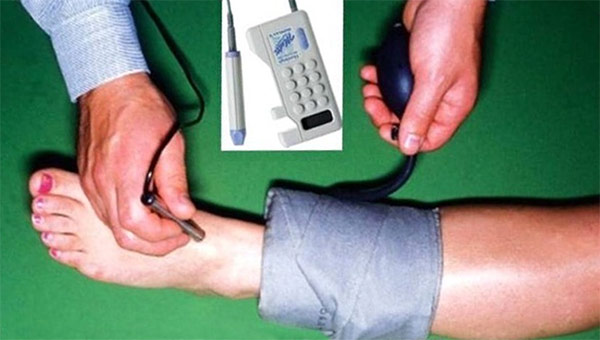Health Initiative Performance
July 2nd, 2018 | Clinical ConnectionsIn January we announced a series of 11 health improvement initiatives that we would be rolling out over the course of 2018 aimed at reducing costs of care, improving care delivery/outcomes for our patients, and/or enhancing metric performance for our network. Since that time, we have added 2 additional initiatives based on clinical need and opportunity. We are pleased to report that, to date, we have launched 9 of these initiatives with 2 more slated to launch later this Summer or Fall. The final two are currently under development and should be ready for launch later this year as well. Kudos to all for your efforts in piloting and instituting these initiatives!
As promised, we wanted to keep you informed of the progress of these initiatives and we have some early data from both our effort to reduce unnecessary vitamin D testing and our effort to decrease utilization of high cost steroid inhalers (ICS-LABA class). Here are two examples of the positive work we are doing across our network:
Vitamin D Initiative
Since the roll-out of the Vitamin D guidelines in February through the end of April 2018, we have seen a reduction in 1,212 orders for Vitamin D testing compared to last year. This is a 5% overall reduction in testing compared to the same time last year! If we include the timeline of when the guidelines were being reviewed and presented to various committees within AHP, we have seen almost 2,100 fewer tests ordered since December 2017 compared to last year. This is terrific progress, and we hope to be able to provide more individualized feedback on providers’ ordering habits compared to the network in the upcoming Triple Aim reports.
High Cost Inhaler Use Reduction
As has been discussed many times, there was a generic alternative to Advair released last year with little publicity and utilization within the network. The cost of this generic fluticasone/salmeterol (Air Duo) inhaler is approximately 25% of the cost of Advair. Alternatively, we discovered that Symbicort (budesonide/formoterol) is about 25% cheaper than Advair, and for some insurances, less expensive for patients than the generic; we also learned from providers that Breo Ellipta (fluticasone/furoate) was easier to use for many patients and sometimes equally as cost-effective for patients. Based on this information, AHP has provided numerous educational resources around this effort and we have seen significant movement in our prescribing habits, seemingly as a result. After providing this information to the network in March of this year, we have seen the following changes:
– January to April we had 0% of scripts for generic fluticasone/salmeterol (Air Duo) in January, 0.5% in February, 2% in March and 3% in April
– Advair market share has dropped from 40% in April 2017 to 26% in April 2018
– Advair HFA market share has dropped from 14% in April 2017 to 8% in April 2018
– Symbicort market share increased from 35% in April 2017 to 43% in April 2018
– Breo market share has increased from 8% April 2017 to 16% in April 2018
This is tremendous progress, and represents an anticipated savings of over $250,000! We will continue to provide feedback on prescribing practices through the Triple Aim Reports, and appreciate your ongoing efforts to improve cost-efficient prescribing for our patients. We hope that this will not only translate into cost-savings, but also greater adherence with improved affordability, as past data has shown more than 30% of prescriptions within this class of drugs went unfilled in our network last year.







